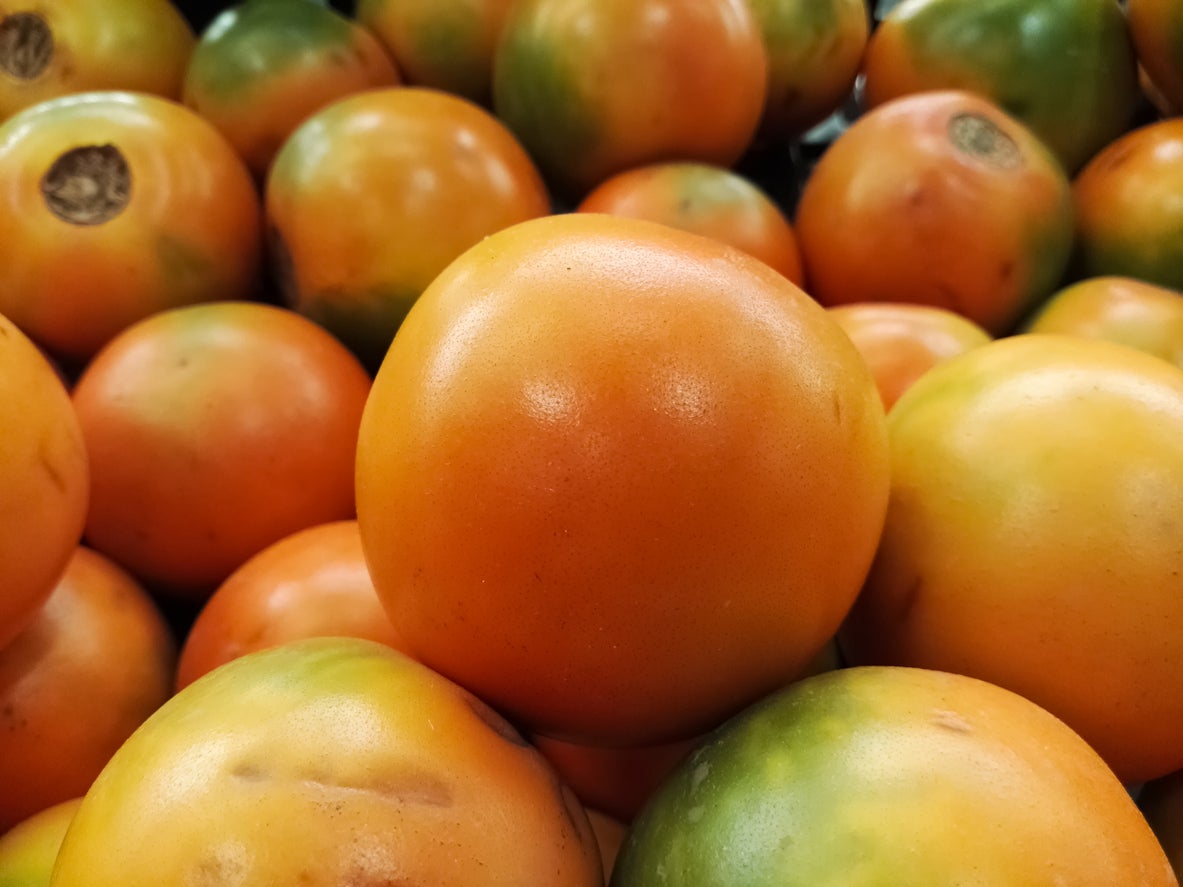Tips For Watering Naranjilla: How To Water A Naranjilla Tree


Naranjilla is a fun plant to grow if you have the right conditions and don’t have any small children or outdoor animals that could be harmed by its massive and numerous spines. This subtropical shrub native to South America produces edible fruits and provides unique visual interest. Know how to water this plant so you can keep it healthy and happy for its life span in your garden.
Naranjilla Water Requirements
Naranjilla has moderate water requirements, and it really needs to have well-drained soil. It will not tolerate or grow well with standing water or soggy roots. Before you put it in your garden, consider naranjilla irrigation, how you’ll water it, and be sure that the soil will drain adequately.
The naranjilla shrub, or small tree, is a subtropical plant that produces an orange fruit. You can harvest the fruit, if you can get around the terrifying spines, and use it to make juice. The pulpy interior of the fruit is also great for preserves. Even if you don’t use the fruit, this plant makes a fun addition to a garden in warm climates. It will not tolerate frost, although in colder areas it can be an annual.
This is a plant that grows quickly, several feet (1 m.) in the first year, and that means it needs regular watering. Its water requirements will go up in dry periods. Although it does tolerate drought fairly well, naranjilla will grow much better if you water it through those dry phases.
When and How to Water a Naranjilla
The best way to know when to water naranjilla is to look at the soil. While it does need regular watering, you should allow the soil to dry in between. Check on the soil, and if the surface is dry, it’s time to water. When watering naranjilla, it’s best to do it in the morning. This minimizes the risk of standing water overnight that encourages disease.
You can use drip irrigation for watering naranjilla to conserve water, but it isn’t necessary. If your climate is particularly dry, this can also help give the plant a more continuous flow of water without overwatering. You can also use mulch to help hold water in if your climate is dry.
Perhaps most importantly of all, avoid overwatering naranjilla. Few plants can tolerate soggy roots, but naranjilla is particularly susceptible to damage caused by overwatering. Always watch the soil and water only when the surface has dried.
Sign up for the Gardening Know How newsletter today and receive a free copy of our e-book "How to Grow Delicious Tomatoes".

Mary Ellen Ellis has been gardening for over 20 years. With degrees in Chemistry and Biology, Mary Ellen's specialties are flowers, native plants, and herbs.